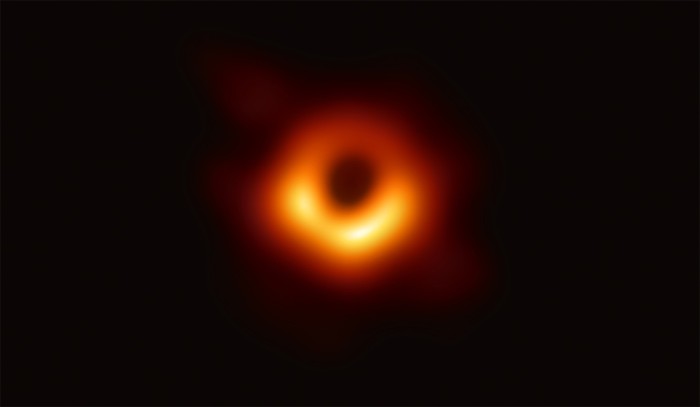This image of a BH was fabricated from a series of radio telescopes from around the world, and so obviously are not actual visible light we generally recognise in photographs. The image though is just as valid, being a composition of the radio images and an accurate visual representation as presented by Janus in the EHT thread.
https://www.nature.com/articles/d41586-019-01155-0
The Event Horizon Telescope’s global network of radio dishes has produced the first-ever direct image of a black hole and its event horizon.
Astronomers have finally glimpsed the blackness of a black hole. By stringing together a
global network of radio telescopes, they have for the first time produced a picture of an event horizon — a black hole’s perilous edge — against a backdrop of swirling light.
“We have seen the gates of hell at the end of space and time,” said astrophysicist Heino Falcke of Radboud University in Nijmegen, the Netherlands, at a press conference in Brussels. “What you’re looking at is a ring of fire created by the deformation of space-time. Light goes around, and looks like a circle.”
more at link..........................

